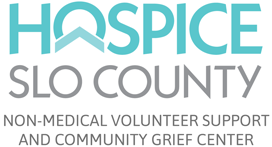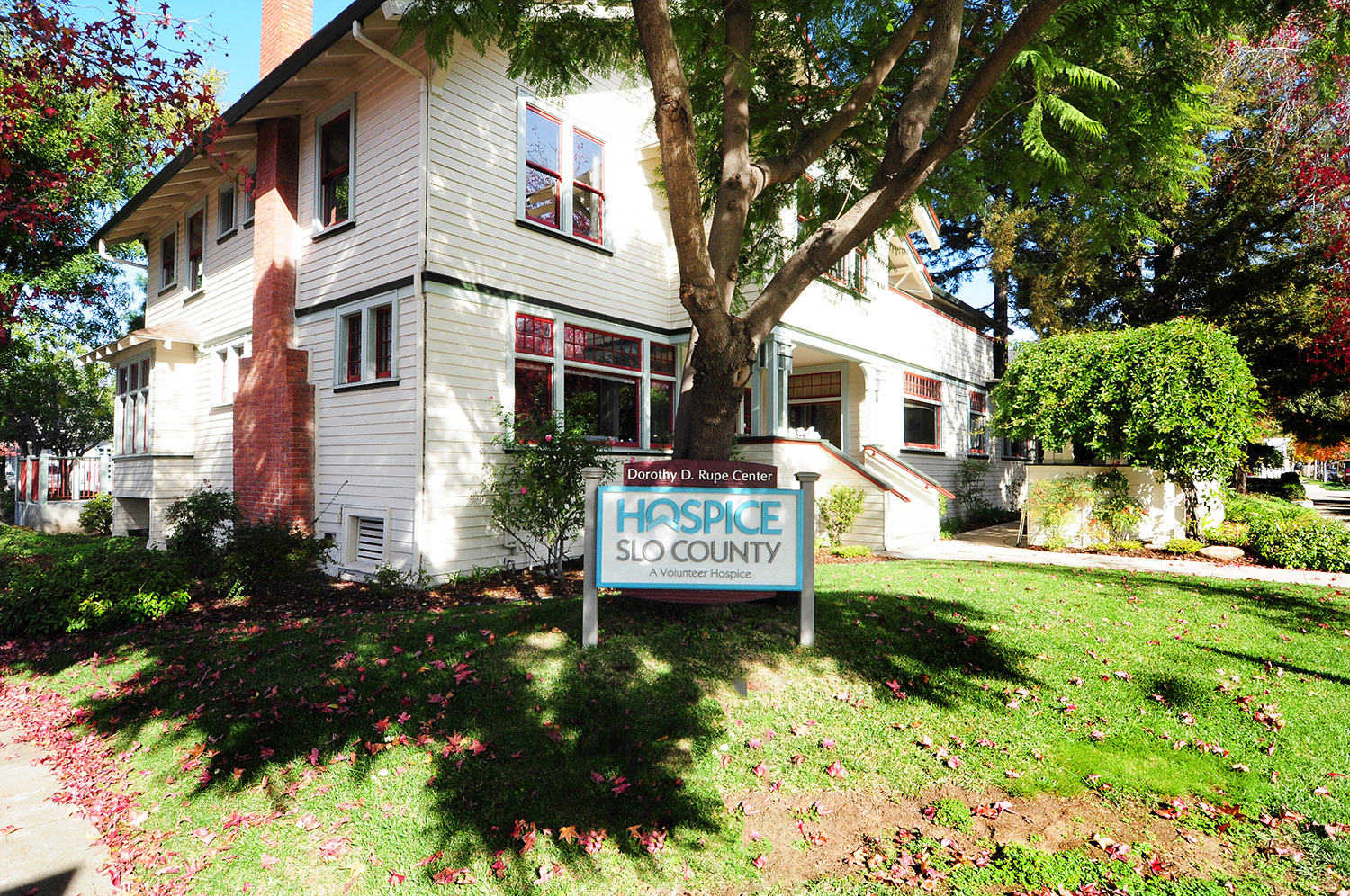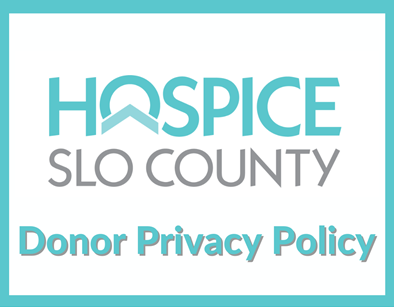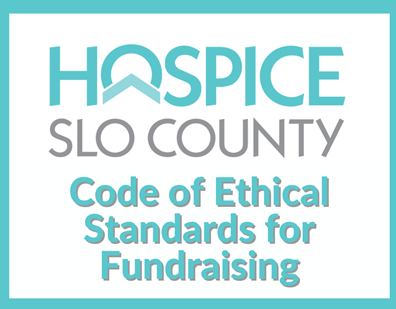History and Philosophy of Volunteer Hospices in the United States
History and Philosophy of Volunteer Hospices in the United States
The American hospice movement started in the 1960s as a grassroots volunteer intensive approach to serve children and adults dealing with grief or a life-limiting or terminal illness.
Volunteer hospices have continued to offer these services free of charge through the dedication and support of professional and hospice trained volunteers and depending financially on the generosity of their local communities.
The U.S. hospice movement shifted dramatically to Medicare-certified programs by the late 1980s. Although the Medicare benefit has had a powerful effect on providing credibility and financial security to the hospice movement, it still limits services to potential clients based on their treatment choices, the duration of their illness or the progress of their health decline.
Volunteer hospices dedicate themselves to providing access to all who are dying or grieving in the community, regardless of whether a condition or situation meets federal Medicare requirements.
Unlike Medicare-certified programs, volunteer hospices can serve those who continue to choose chemotherapy, radiation, or surgery with a curative focus. While volunteer hospices do not provide skilled medical care, they offer an array of services that are comprehensive and would be difficult, if not impossible, to achieve in a setting restricted by third party insurance reimbursements or regulatory mechanisms. One such example is providing respite care to patients and families coping with life limiting illnesses in advance of the last six months of a patient’s life such as with ALS and Alzheimer’s Disease.
Regarding grief counseling and bereavement follow-up, a volunteer hospice has no statutes of limitation whereas most Medicare-certified hospices must limit or restrict bereavement services to families of patients they have provided service for up and only to 13 months after their loved one's death.
History of Hospice SLO County
It all began in April 1976 when a group of interested community members held discussions about death in our culture. They noted that death was becoming increasingly more institutionalized with little regard for the emotional needs of the dying and their families and hardly anyone died at home surrounded by relatives and friends.
The group began to meet and discuss the feasibility of establishing a hospice in SLO County to ensure that the dying could spend the remainder of their lives free from pain and emotionally sustained by their families at home or in “home-like” surroundings.
In October 1977, Hospice SLO County incorporated, and a board of directors and five working groups were created to establish guidelines. By 1979, three staff members were hired and volunteers were trained to provide non-medical care and support services to clients and families. The first volunteers began service in August 1979. Two support groups and a bereavement program began a year later.
Since the beginning, Hospice SLO County has navigated many changes. Most notably, we remained a non-medical volunteer hospice in the 1980s when most hospices switched to a medical model licensed by Medicare with stringent guidelines.
Our decision to stay the course as a non-medical volunteer hospice has allowed us to continue to help those diagnosed with a life-limiting illness who are not yet terminal and to offer grief counseling to anyone in our county. It has allowed us to keep all services free of charge and not accept or bill any insurance.
The community has participated in this venture in different ways over the years:
- Community members have gone through extensive training to be in-home volunteers.
- Professional counselors have volunteered to see grief support clients.
- Others have donated funds, supported capital campaigns, sponsored events, donated in-kind services, helped with outreach, and served on our board.
The continual wave of volunteers is a testament to the heart of SLO County.
Summary of Standards as a Volunteer Hospice
- Provide FREE services to those grieving or coping with life-limiting illness.
- Implement intake criteria that does not restrict people who have prognoses for longer than six months, have no primary caregivers, wish to continue aggressive or curative treatment, or wish to continue life-sustaining treatment (CPR, TPN, etc.).
- Offer grief and bereavement services to all members of the community regardless of whether their loved ones received hospice services from our organization.
- Educate the community about all modes of hospice care and end-of-life issues.
- Offer services in partnership and collaboration with all health care provider agencies in the community.
- Maintain a governing board that is legally responsible for the management, operation, and financial security of the organization.
- Client confidentiality.










